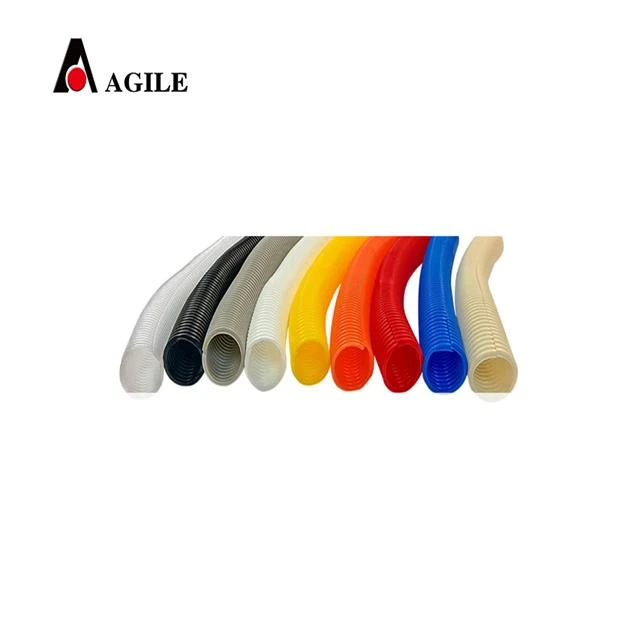drag conveyor
Understanding Drag Conveyors An Essential Component in Material Handling
In industrial operations, efficiency in material handling is crucial for maximizing productivity and reducing operational costs. One of the important pieces of equipment that plays a significant role in this context is the drag conveyor. This type of conveyor system is designed to transport bulk materials horizontally or at a slight incline, making it highly versatile for various applications in industries such as mining, agriculture, and manufacturing.
What is a Drag Conveyor?
A drag conveyor, also known as a drag chain conveyor or a scraper conveyor, consists of a series of paddles or chains that move along a track or surface within a casing. As the chains pull the paddles, they drag materials along the conveyor's length. This design is essential for transporting bulk materials such as grains, coal, sand, and other granular substances. The drag conveyor is known for its ability to handle heavy loads efficiently while also providing flexibility in terms of layout and configuration.
Key Features and Advantages
1. Durability One of the standout features of drag conveyors is their robust construction, which allows them to withstand the rigorous demands of bulk material handling. The use of high-strength materials ensures that these conveyors can operate in harsh environments without significant wear and tear.
2. Versatility Drag conveyors can be used in a variety of settings and are suitable for transporting different types of materials. Whether it’s powdered substances, granular products, or even small packaging, drag conveyors adapt easily to meet the specific requirements of various industries.
drag conveyor

3. Space Efficiency The design of drag conveyors allows for a compact layout, making them ideal for facilities with limited space. They can be installed in tight or congested areas where traditional belt or bucket conveyors might not fit.
4. Low Operating Costs Due to their efficient design, drag conveyors often require less energy to operate than other types of material handling systems. They can move materials over long distances without the need for excessive power input, translating into lower operating costs for businesses.
5. Minimal Maintenance Drag conveyors typically require less maintenance compared to other conveyor systems. Their enclosed design helps protect the materials and the conveyor mechanism from environmental factors, reducing the likelihood of damage and the need for frequent repairs.
Applications of Drag Conveyors
Drag conveyors are found in numerous industries due to their versatile nature. In agriculture, they are used to transport grains from silos to processing facilities, helping to streamline the supply chain. In the mining sector, drag conveyors efficiently transport extracted materials, such as coal and minerals, from the mine to processing plants. Additionally, in manufacturing, drag conveyors play a vital role in moving bulk raw materials through various stages of production.
Conclusion
In summary, drag conveyors are indispensable tools in material handling operations across a variety of sectors. Their efficiency, durability, and versatility make them a preferred choice for transporting bulk materials. As industries continue to evolve and seek ways to optimize their processes, drag conveyors will undoubtedly remain a crucial element in the design of effective material handling systems. Investing in high-quality drag conveyors not only enhances operational efficiency but also supports sustainable practices by reducing waste and energy consumption. For any business looking to improve its material handling capabilities, drag conveyors present a solid solution worth considering.








